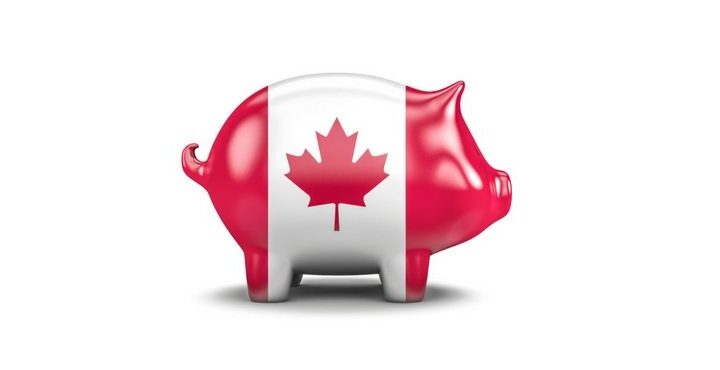How far back can the CRA go for Personal Income Taxes?
TurboTax Canada
October 5, 2020 | 3 Min Read

The thought of reassessment for tax returns gone by makes anyone a little nervous — an average taxpayer won’t remember the how and whys of decisions made years ago, particularly under the worry of a big and retroactive tax bill.
Thankfully, CRA guidelines protect you from reviews of the distant past, and complying with record-keeping requirements ensures you have the information you need to support your returns.
Review Vs. Audit
The CRA has two reassessment vehicles that may affect your tax return.
While both might be perceived as audits, the CRA emphasizes that a tax review is not a formal audit. The review process promotes awareness and compliance with tax laws, while audits aim to protect the self-assessment tax return system. Reviews check income amounts, credits, deductions and supporting claims, and have four types, generally occurring the same time each year.
There are a number of review programs that CRA uses. These include:
- Pre-assessment Review Program: This is busiest from February to July before the Notice of Assessment (NOA) is issued. When your return is selected for a pre-assessment, you will need to provide more information or supporting documents to CRA before your NOA (and refund) is issued.
- Processing Review Program: After your return has been assessed and you’ve received your NOA and refund (if you were entitled to one), CRA may contact you (or your Authorized Representative) for more information or documentation to support a credit or deduction you have claimed. Often called a “Post-Assessment”, you should respond to the request in a timely manner; do not ignore these requests. If you ignore these requests or do not respond by the due date on the letter, you will be reassessed and your claim for that particular credit or deduction denied. If you need more time to gather your documents for submission, you can call the number for the tax centre shown in your letter and request an extension.
When your return is subject to review, the CRA corrects errors via Notices of Reassessment, noting amounts owed or credited due to reassessment. Field audits, which are comparatively rare, are conducted in person and are subject to date restrictions.
Time Requirements for Tax Records
The rule for retaining tax returns and documents supporting the return is six years from the end of the tax year to which they apply. For example, a 2015 return and its supporting documents, are safe to destroy at the end of 2021.
There are situations that alter this rule. If you have filed late returns, the six-year rule applies to the date of filing, not the tax year.
“Objections and appeals and their expiry dates may go beyond the six-year guideline,” says Ben Campbell, a certified financial planner with Investors Group Financial Services in Winnipeg, Manitoba. “Documents should be maintained until the last date of appeal expires, or the six-year period ends. Use the latest date as your guideline.”
Record Retention
As well as your tax return itself, records should include:
- invoices
- receipts
- cancelled cheques
- anything else that supports information declared in your return.
In case you are reviewed or audited within the time frames illustrated, your best preparation is found in your tax records. For many conventionally employed taxpayers, your “T” information slips may comprise most of your tax records. Further documents should be kept when you claim deductions or expenses such as medical, moving, charitable donations, childcare, etc.
Also, if you are claiming another individual for a specific tax credit such as the Amount for Eligible Dependant, you may be required to submit documents to support this claim in the form of Birth Certificates, legal documents, proof of residency, etc. It’s best to keep these documents accessible so you can submit them in a timely manner if you are selected for a review.
References & Resources
- Ben Campbell B.Comm (Hons.), CFP, Financial Consultant, Investors Group, Winnipeg MB
- Canada Revenue Agency: Review of Your Tax Return by the CRA
- Canada Revenue Agency: Types of Reviews
Related articles

© 1997-2024 Intuit, Inc. All rights reserved. Intuit, QuickBooks, QB, TurboTax, Profile, and Mint are registered trademarks of Intuit Inc. Terms and conditions, features, support, pricing, and service options subject to change without notice.
Copyright © Intuit Canada ULC, 2024. All rights reserved.
The views expressed on this site are intended to provide generalized financial information designed to educate a broad segment of the public; it does not give personalized tax, investment, legal, or other business and professional advice. Before taking any action, you should always seek the assistance of a professional who knows your particular situation for advice on taxes, your investments, the law, or any other business and professional matters that affect you and/or your business.









